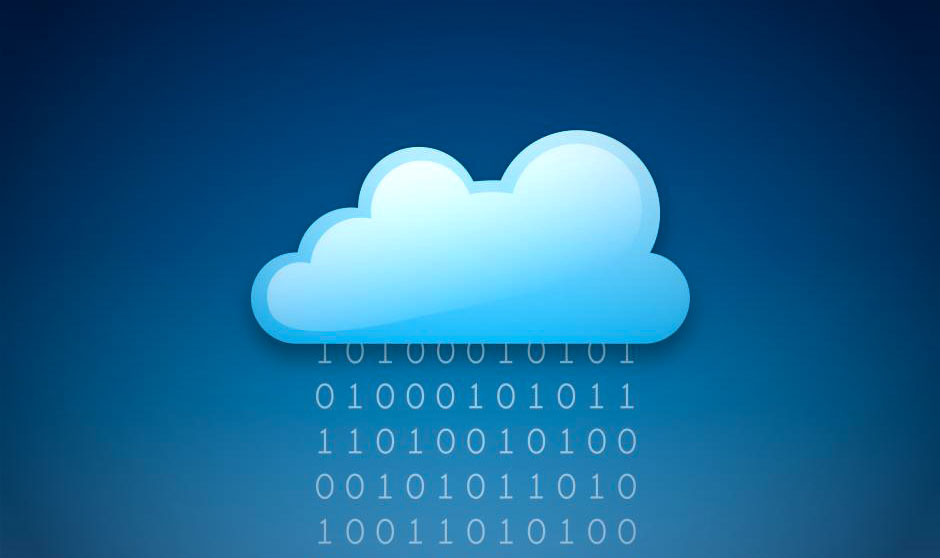The word ‘cloud’ may bring several images to your mind but as far as the world of tech is concerned, it is nothing but the ‘virtual cloud’. Cloud as a computing solution delivers a host of services – servers, storage, databases, networking, software, analytics and more. Read on to demystify Cloud.

What is Cloud?
Cloud computing can be best defined as a network of servers; each server has a different function. Some of its most common usages are observed in creating new apps and services; storing, backing up and recovering data; host websites and blogs; stream audio and video; and analyzing data to identify patterns and make predictions for smooth performance. Companies specializing in creating and maintaining such remote spaces are known as cloud providers and offer space, or a part of it, to its customers, typically against a charge.
Why Should I Use Cloud?
Ever since it was introduced a decade ago, cloud computing has been the single-most disruptive technologies of its time. Following are a few reasons why more and more organizations are opting for Cloud:
Cost: Cloud computing helps you to do away with the expense of buying hardware and software, as well as setting up and running on-site datacenters.
Speed: Most cloud computing services are provided on demand, so you can access huge amounts of computing resources in minutes, typically at a few clicks on your mouse.
Scale: The elasticity of cloud computing services allows it to expand at a global scale allowing you access the right amount of IT resources, and from the exact geographic location.
Productivity: On-site data centres typically require hardware set up, software patching and other IT management chores that consume both time and money.
Performance: The cloud computing services are usually run on a network of secure datacenters across the globe. They are regularly upgraded to the latest computing hardware, making cloud fast and more efficient.
Reliability: It is easier and less expensive to perform data backup, disaster recovery and business continuity as data can be mirrored at more than one redundant locations on the provider’s network.
Types of Cloud
Depending on deployments, we have:
Public cloud: Owned and operated by a third-party cloud service provider, e.g. Microsoft Azure, Amazon Web Services. You can access all hardware, software and other supporting infrastructure, owned and managed by the provider, using a web browser.
Private cloud: Refers to cloud resources used exclusively by a single business or organization.
Hybrid cloud: Combines public and private clouds and allows data and applications to be shared between them.
Community cloud: Shared between organizations, usually with shared data and data management concerns.
Depending on services, we have:
Infrastructure-as-a-service (IaaS): Rent IT infrastructure – servers and virtual machines (VMs), storage, networks, etc. – from a cloud provider on a pay-as-you-go basis
Platform as a service (PaaS): Refers to services that provide an on-demand environment for developing, testing, delivering and managing software applications.
Software as a service (SaaS): Delivers software applications over the Internet, on demand and typically on a subscription basis.
Cloud is the most advanced way to reduce establishment cost of a business, without compromising on the security of your data. As organizations, ranging from multinationals to start-ups, increasingly aim at automating processes and reducing human intervention, cloud computing saves on aspects more than one.